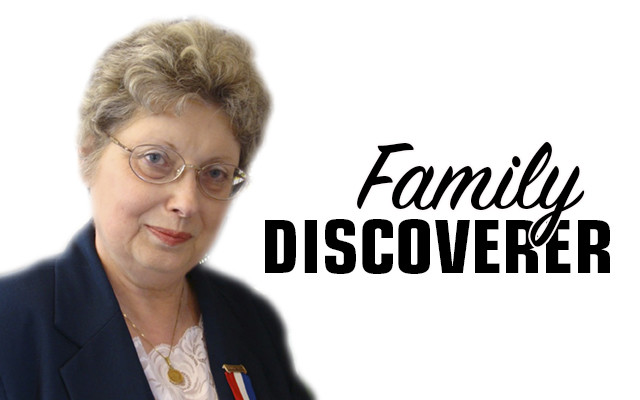
The tales school records can tell
By Nancy Battick
In the first half of the 20th century most people graduated from eighth grade and went to work. Others continued through high school or other training. How do you learn more about their experiences?
If the schools exist they may have records, otherwise check the local library and historical society. Look for the annual yearbooks that almost all high schools published. You’ll find a list of graduating seniors and perhaps photos. You may find a “whole school” photo where everyone gathered in front of the school.
You may also find literary “magazines” published by the school with offerings from the student body. The great thing is that many yearbooks, high school and college, are now searchable online at Ancestry.com. They’re well worth searching for as they contain so much information.
Many historical societies are repositories for scrapbooks. I remember cataloging a wonderful four-year high school scrapbook. The book was one woman’s story of her four years at Foxcroft Academy in the 1920s. In it I found photos of her friends and school events of all kinds, dance programs, pressed corsages, snippets of fabric from her dresses, newspaper clippings of high school events and photos she took of her classmates, among other items. If this woman was in your ancestor’s high school class the scrapbook would be a major treasure.
Don’t forget local newspapers. They almost always will have school news as parents would purchase papers to see their child’s name included. You’ll find items about school activities and a list of students who took part in them. If your town had multiple rural schools each one will receive attention usually under a column dedicated to that neighborhood. It’s fun to read your ancestor recited a memorized poem or led the Pledge of Allegiance. Athletic events were favorites with the hometown crowd and always rated a mention and often a photo spread. School graduations were always included as well.
Where there were rural schools, the entire graduating eighth grade class usually gathered for an official class picture. I have both my parents’. Our local historical society has a copy of one of these with all the student’s names written on the back. If you don’t have a photo of an ancestor or a relative when young what a wonderful thrill it would be to see how he or she looked at 13.
Don’t forget the possibility of a family collection of documents and/or photos. If your surname was Miller check to see if the local repositories have a Miller Family Collection. They may and you may find something there.
If you feel all records were destroyed, search anyway. In another generation some member of your family may have donated items they didn’t want or recognize as having any value. This happens often as people clear out a deceased relative’s attic. You may even find a diploma or two or a collection of letters. You may learn of an unknown relative who has preserved as many family records as possible.
Happy hunting.
Nancy Battick is a Dover-Foxcroft native who has researched genealogy for over 30 years. She is past president of the Maine Genealogical Society, author of several genealogical articles and co-transcribed the Vital Records of Dover-Foxcroft. Nancy holds an MA in history from UMaine and lives in Dover-Foxcroft with her husband, Jack, another avid genealogist. You can contact Nancy at nbattick@roadrunner.com.